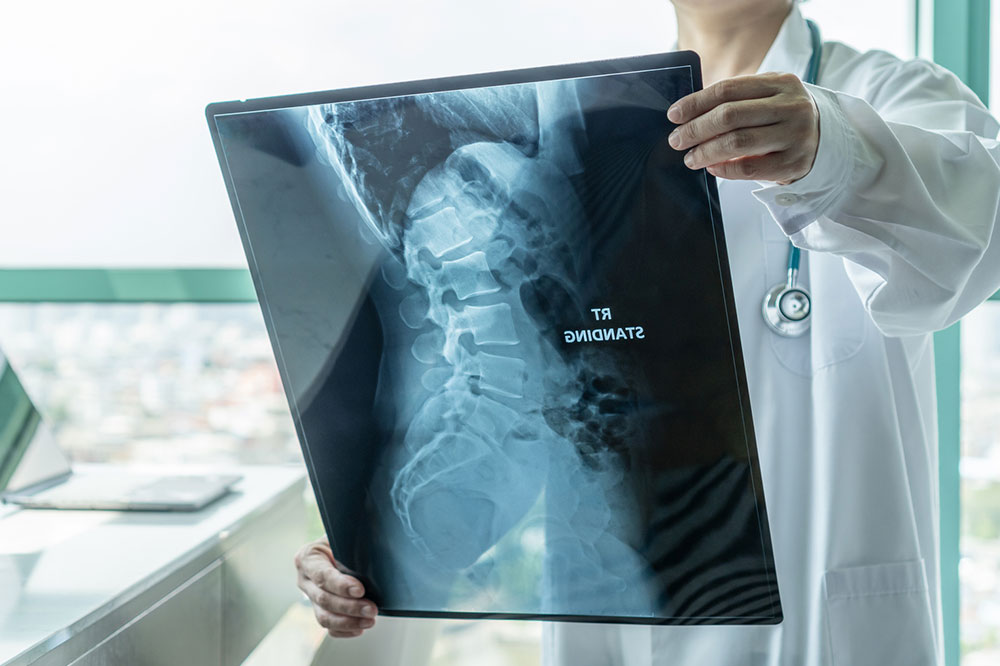Comprehensive Guide to Spinal Muscular Atrophy: Causes, Symptoms, and Treatments
This comprehensive guide explores spinal muscular atrophy (SMA), detailing its causes, symptoms, and the latest treatment options. Learn how genetic mutations affect motor neurons and what advances are helping patients lead better lives. Early diagnosis and current therapies offer hope for improving quality of life for individuals impacted by SMA.

Comprehensive Guide to Spinal Muscular Atrophy: Causes, Symptoms, and Treatments
Spinal muscular atrophy (SMA) is a complex hereditary neuromuscular disorder that primarily impacts the nerve cells responsible for controlling voluntary muscle movements. This condition involves progressive muscle wasting resulting from the loss of signals from motor neurons situated near the spinal cord. The severity and progression of SMA vary significantly depending on the age of onset, with early stages often presenting significant limitations in motor functions.
SMA is classified into several types, each characterized by different age at onset and severity levels. The most severe form, Type 1, manifests in infants and leads to profound muscle weakness that can severely restrict movement and respiratory functions. Types 2, 3, and 4 tend to develop later in childhood or adulthood, with increasing levels of motor function preservation. Understanding the underlying causes, symptoms, and available treatment options is crucial for managing this hereditary condition effectively.
At the genetic level, SMA is primarily caused by mutations in the SMN1 gene (Survival Motor Neuron 1), which encodes the survival motor neuron protein essential for the maintenance and function of motor neurons. When mutations occur in both copies of this gene, it results in a deficiency of the protein, leading to progressive degeneration of motor neurons. This neural deterioration directly impacts muscles, particularly those closest to the center of the body, such as the shoulders, hips, and thighs, causing muscle weakness and atrophy.
Common symptoms of SMA include muscle weakness, reduced muscle tone (hypotonia), difficulty swallowing, poor feeding, and respiratory issues due to weakened chest muscles. Spinal deformities such as scoliosis are also frequent complications. Importantly, despite the progressive muscle weakness, sensory nerve functions, intellectual capabilities, and emotional well-being typically remain unaffected, which distinguishes SMA from other neurological disorders.
Since SMA is inherited, it is passed down through families with carriers often showing no symptoms. Carriers possess one mutated copy of the SMN1 gene and can transmit the mutation to their children. Sometimes, the condition arises from de novo mutations, which are new mutations not inherited from parents, resulting from errors during early genetic development. Advances in genetic testing have greatly improved early diagnosis, enabling timely intervention to manage symptoms effectively.
The landscape of SMA treatment has evolved remarkably over recent years with the development of various therapeutic options. From gene therapy and pharmaceuticals to supportive treatments, patients now have access to interventions that can significantly improve quality of life. Early diagnosis is critical in enhancing treatment outcomes, reducing complications, and enabling affected individuals to achieve better mobility and respiratory health.
In the realm of ongoing research, scientists are continuously exploring novel therapies such as gene editing, stem cell treatments, and neuroprotective approaches to further combat SMA. Public awareness campaigns and genetic counseling play vital roles in educating families about inheritance patterns and options for testing and management. Overall, understanding SMA comprehensively—including its causes, symptoms, and advancements in treatment—is vital for empowering patients and healthcare providers alike to tackle this challenging condition effectively.





